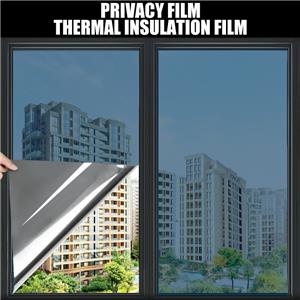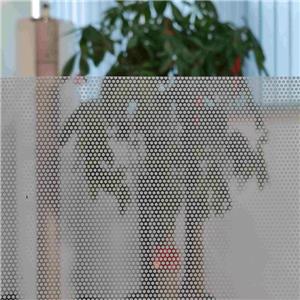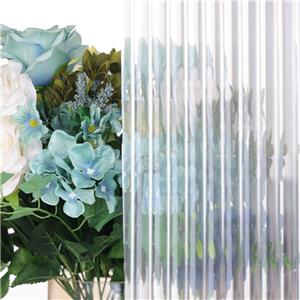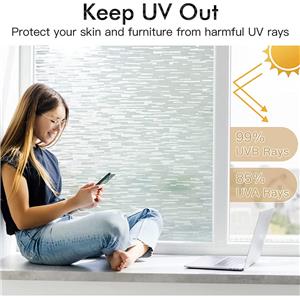What types of window film are available
According to the different areas of application, the current glass window film is roughly divided into three categories: architectural window film, automotive window film, safety glass window film.

Architectural Window Film
With energy saving and heat insulation as the main purpose, with UV protection and safety functions. This kind of film can also be divided into heat-reflective film and low-e film. Heat reflective film, this kind of film is pasted on the glass surface so that the room can transmit visible light and near infrared light, but not through the far infrared light. So there is enough light into the room, and most of the solar heat reflected back in the hot summer to keep the indoor temperature will not rise too much, thus reducing the indoor air-conditioning load to achieve savings in air-conditioning costs and energy-saving effect. Low-e film, this film can through a certain amount of short-wave solar radiation energy, so that the solar radiation heat into the room, absorbed by the indoor objects; at the same time can be more than 90% of the indoor objects radiated by long-wave infrared reflection retained in the room. Low-e film can fully utilize the solar radiation and indoor objects of long-wave radiation energy. Therefore, it can be used in cold areas and heating buildings to provide heat preservation and energy saving.
Automotive Window Film
Applied to the inner surface of automobile glass, it has the functions of energy-saving heat insulation, ultraviolet ray insulation, safety and anti-theft, etc. At the same time, the visible light transmission rate of window film can be reduced. At the same time, the visible light transmission rate and visible light reflection rate of the window film requirements are also very high, especially the front glass film, according to the “Motor Vehicle Operational Safety and Technical Conditions”, “the visible light transmission ratio of the front windshield glass is not allowed to be less than 70% of all the window glass is not allowed to be posted on the specular reflective sunshade film”. Because it is used on the car windshield, the visible light transmittance ratio must be greater than 70% after posting the film in order to meet the requirements of the national standard GB7258-2004.
Safety Window Film
There is a layer of adhesive force between the film and the glass, the film itself has a very good tear resistance, resistance to penetration even if broken, even if the glass is broken to maintain the original state of the whole, to prevent accidents occurring as a result of the glass broken splash on the human body of the secondary injuries. Its main function is safety and explosion-proof, generally used in banks and other financial institutions, jewelry store windows, museums, hotel lobbies and some other important places or showrooms. This kind of film at the same time has a certain degree of heat insulation, UV insulation ability, and high transparency.
Window film from the production process, can be divided into three main categories: dye film, original color film, vacuum coating. Dyeing film can be divided into ordinary film, surface dyeing film, laminated dyeing film; vacuum coating can be divided into vacuum evaporation coating and magnetron sputtering coating; according to the different materials plated can be divided into metal film and ceramic film.




